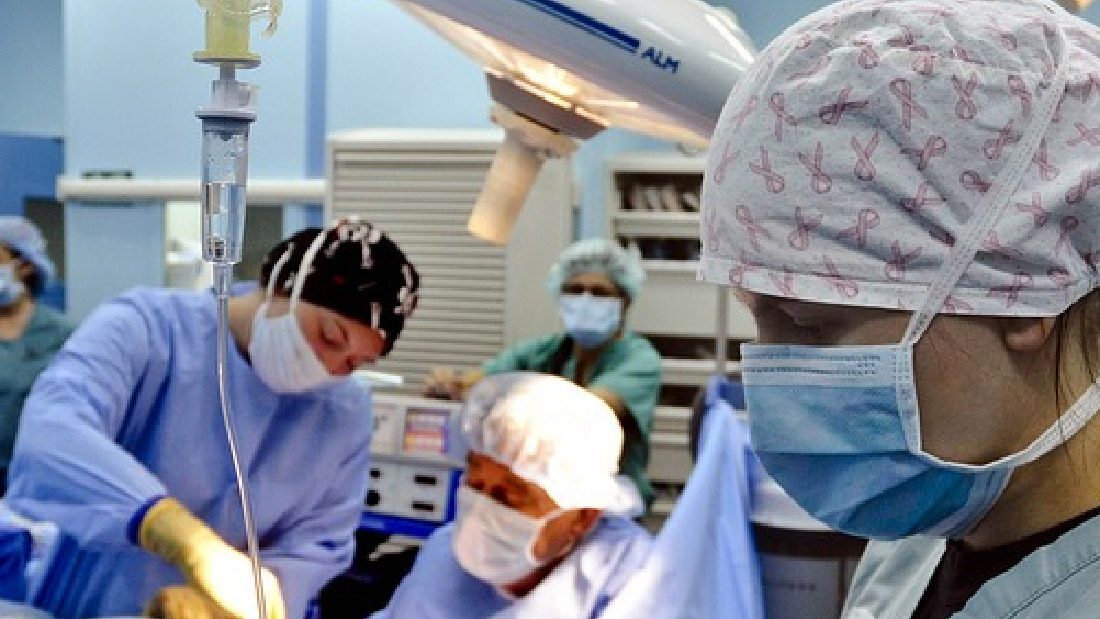
11 Jul 2014 How Wireless Technology Can Improve Nursing
The recent dramatic improvements in wireless technology have hugely impacted every aspect of our everyday lives.
In the UK, we are now connected 24/7 across multiple devices at home, at work, and on the move. Our tablets, PCs, smartphones, consoles, and everything in between are now WiFi enabled, meaning that we are more connected than ever before.
Whilst there are clear benefits to the leisure and entertainment aspects of our lives, the improvements in wireless technology has had a very real impact on more critical spheres. The emergency services have benefited from these enhancements, and so has the healthcare industry.
UK Hospitals and critical care units have a great need for efficient and reliable data sharing. As a result, many of these buildings have implemented wireless technology solutions.
This article will look at some of the ways in which healthcare can benefit from improved WiFi.
Aims
There are several main aims of implementing wireless technology in healthcare premises. These include;
- Improving the safety of patients on the ward
- Enhancing the mobility of patients
- Making collaboration and communication better among staff
- Making patient information easier to access for all who need it
As well as these critical aims, it could be argued that implementing reliable and fast WiFi can increase patients’ overall satisfaction with the care that they receive. Keeping people connected to the world outside is essential in maintaining morale. Furthermore, with friends and family often required to spend large periods of time in waiting rooms and lobbies, ensuring that they can stay occupied and/or entertained during these periods can create a much more positive atmosphere.
Note: Read about our solutions for the healthcare industry.
Understanding Workflow
The design and implementation of wireless technologies in hospitals and critical care units must be done with the input of individuals that will be using it every day. Understanding workflows of doctors and nurses is critical to implementing the right technology, at the right time, in the right place.
As just one example, US-based Virginia Commonwealth University Medical Centre implemented a “comprehensive wireless strategy” which almost eliminated overhead paging, crating a quieter ward more conducive for better healing. Their solution took into account the feedback from nurses and doctors so that the system was as efficient as possible in dealing with the problems that they face every day.
Many UK-based institutions are following suit, and consulting with their staff to better understand their requirements and the needs of their patients.
Applications
There are a number of benefits associated with a fully-connected care ward. Real-time data can be accessed from anywhere in the building, with doctors and nurses having the ability to check critical patient information when they need it.
As just one example, heart rates and other critical data can be streamed directly to automatic alert systems, ensuring that patients can get the care that they need immediately, without the necessity for multiple communications between different members of staff. Furthermore, hospital staff can access important information via their device whilst at the patient’s bedside – meaning that they can give people regular updates on test results and general progress.
WiFi also allows for doctors and nurses to collaborate on patient data, and to prepare for meetings in which they can discuss progress and share ideas about how to improve patients’ condition.
Connection Requirements
Hospital buildings are notoriously bad for phone signal due to their expansive nature, as well as the concentrated number of people in one place. The many nooks and crannies that hospital buildings usually house are also an issue. These problems can similarly impact the reliability of internal building WiFi.
As a result, the WiFi implementation must take these issues into consideration and prepare accordingly. Reliability is key when patient safety is at stake, and ensuring that staff are able to contact one another anywhere in the building is essential.
Purdicom & Wireless Technology in Healthcare
Purdicom are highly experienced in providing wireless technology that is appropriate for implementation in healthcare premises such as hospitals and surgeries.
Installing WiFi enables fast and secure access to electronic patient medical records (EMR), improves communication between staff, supports high-resolution video and speeds up delivery of medical images. Furthermore, guest WiFi access can be extended to the visitors in waiting rooms and the building’s cafes. For patients, WiFi can offer a welcome window to unlimited entertainment, including services such as streamable media, newspaper websites, and social media.
After a relatively slow start, healthcare facilities are now beginning to place more emphasis the importance of WiFi.
For more information about our products and services, get in touch by calling 0845 331 6169. You can also contact us online.